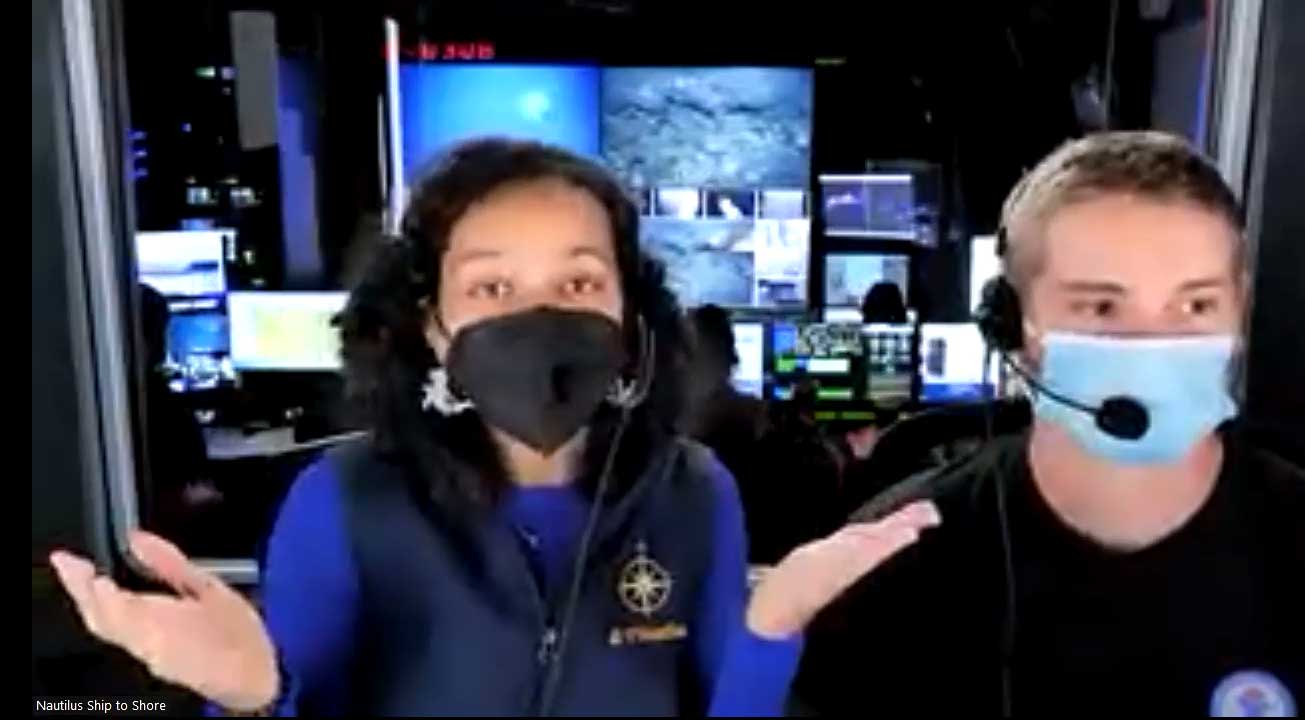
A Glimpse Into the Voyage of the E/V Nautilus
On Sept. 14th, 21 TAS alumni joined a private live Ship-To-Shore interaction with the team from the E/V Nautilus. In September 2023, the E/V Nautilus explored unseen deep-sea habitats with ROV and seafloor mapping operations in the Papahānaumokuākea Marine National Monument (PMNM) focused on the largely unexplored northwestern section of the Monument.
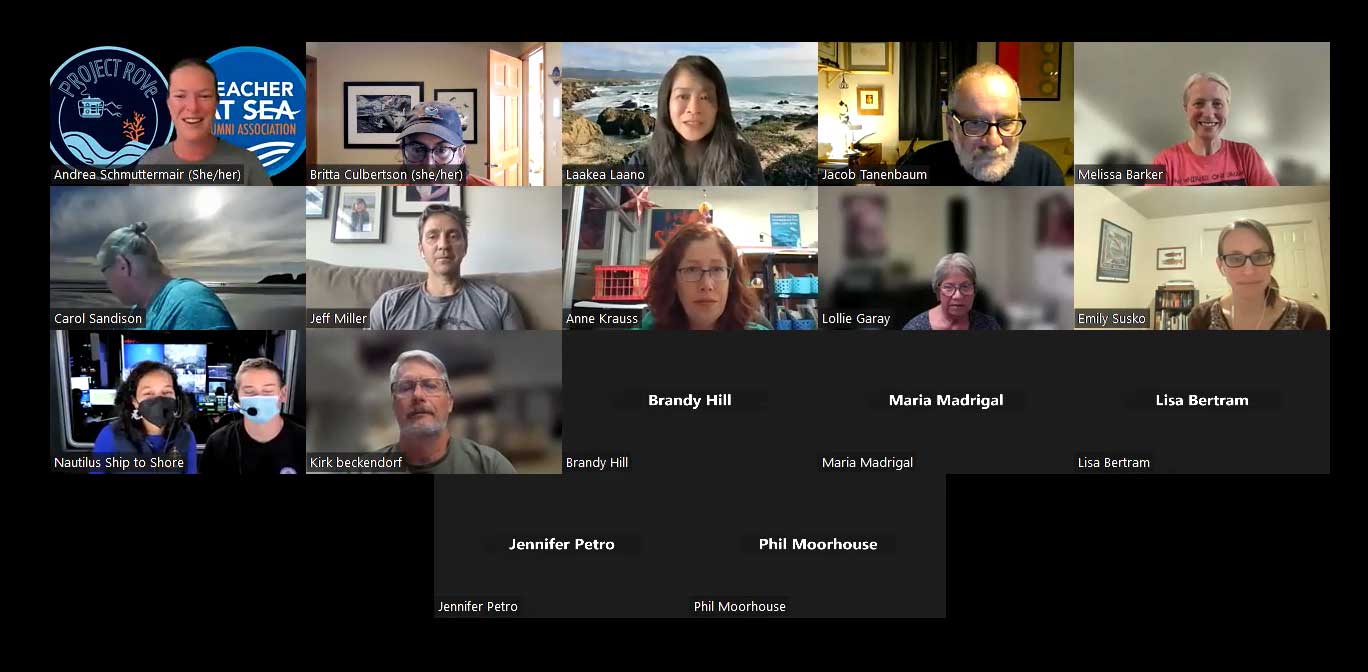
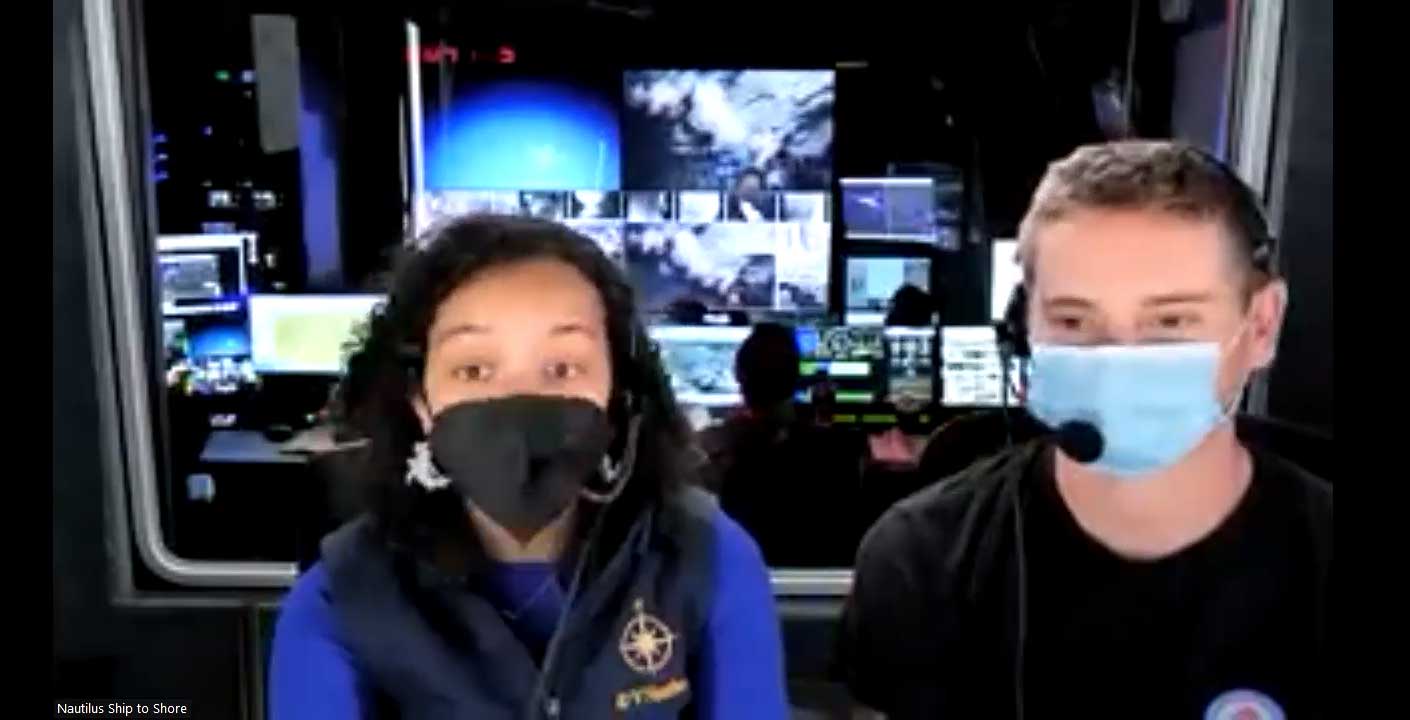
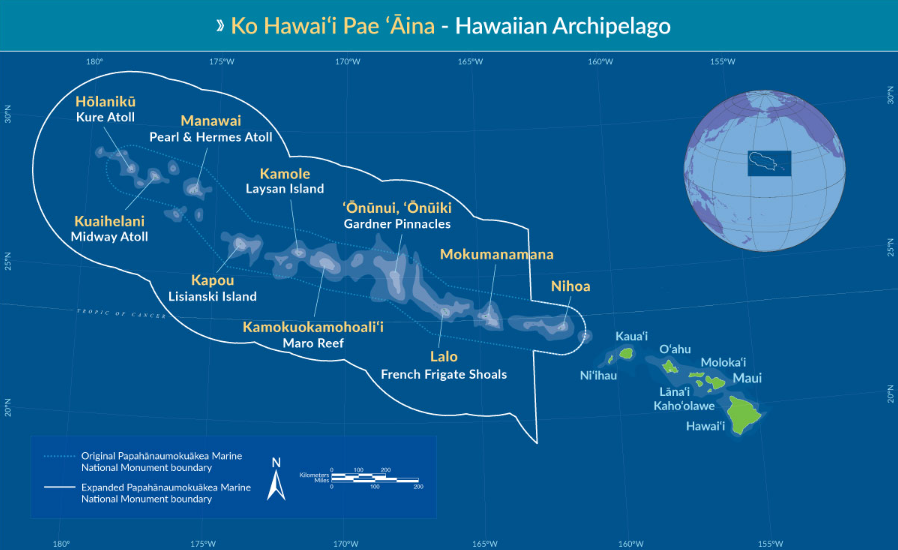
Our hosts, Science Communication Fellow and high school teacher Tori Hunt and ROV pilot Jake Bonney, talked about their current expedition, their roles, and how they arrived at their positions aboard the Nautilus. They shared ROV footage, including an octopus “garden” where females congregated to brood their eggs, and a whale skeleton on the sea floor. They also took time to answer questions from our group.
There’s still time to request your own live Ship-To-Shore interaction. Interactions are available daily until December 19, 2023. Ship-to-shore interactions are conducted using Zoom or Google Meet and last 30 minutes with time for an expedition update and audience-led Q&A about careers, discoveries, or the exploration process. Interactions are not broadcast publicly to allow for a more personal connection with our science and engineering team but can include multiple classrooms or virtual logins. Schedule a program in English or in ‘Ōlelo Hawaiʻi.
Schedule:
The next expedition, from Oct. 1-19th, brings together three emerging exploration technologies to explore the seafloor and overlaying water column around the Geologists Seamounts located south of the Main Hawaiian Islands.
Continuing in the Hawaiian Islands, from Oct. 22-Nov 5th, the E/V Nautilus will return to ROV dives and will also experiment with and test a Rapid Automatic Image Categorization artificial intelligence software to quickly annotate video in near real-time.
From Nov. 7-17th, the expedition will start and end in Honolulu and utilize the deep-water mapping capabilities of E/V Nautilus to survey previously unmapped seafloor in the U.S. Exclusive Economic Zone south of the Main Hawaiian Islands. Beverly Owens, TAS 2013, will sail on this leg. Scroll down for details.
On the last leg, from Nov. 20-Dec. 20th, this expedition will travel to the southern hemisphere, to Jarvis Island, one of the most poorly mapped areas under U.S. jurisdiction, where high-resolution bathymetric seafloor mapping will add to the world’s baseline knowledge of this poorly studied part of the Pacific Remote Islands Marine National Monument (PRIMNM).
Science Communication Fellowship
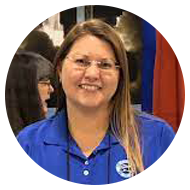
From November 7 – 16th, Beverly Owens (TAS, 2013) will be on board Titanic discoverer Dr. Robert Ballard’s research ship, the E/V Nautilus. They will be surveying previously unmapped seafloor in the U.S. EEZ south of the Main Hawaiian Islands. In addition to deep-sea mapping operations, the expedition will also include deployments of the Deep Autonomous Profiler to collect visual, environmental, and eDNA data to enable baseline characterizations of the deep-water environments of this region. As a Lead Science Communication Fellow, Beverly will be conducting live ship-to-shore interactions from the Pacific Ocean.
From Beverly: “I’d love to connect with as many classrooms as possible! If you know of teachers that might be interested, please forward the link to request a live Ship-to-Shore (shown above). An entire department, grade level, or school can tune in, using the same link at the same time.”
The Science Communication Fellowship immerses educators in the E/V Nautilus Exploration Program, empowering them to bring the excitement of ocean exploration – specifically to the fields of science, technology, engineering, and mathematics (STEM) – to students and public audiences around the world. Fellows share accounts of ocean research, expedition operations, STEM careers, and daily life with audiences of all ages through live audio commentary on the Nautilus Live website and through outreach to classrooms and communities via ship-to-shore live interactions.
If you’re interested in applying to be a Science Communication Fellow on the E/V Nautilus, applications will open in late October 2023. Click the button to learn more.
Image credits: Andrea Schmuttermair, NOAA Teacher at Sea program
